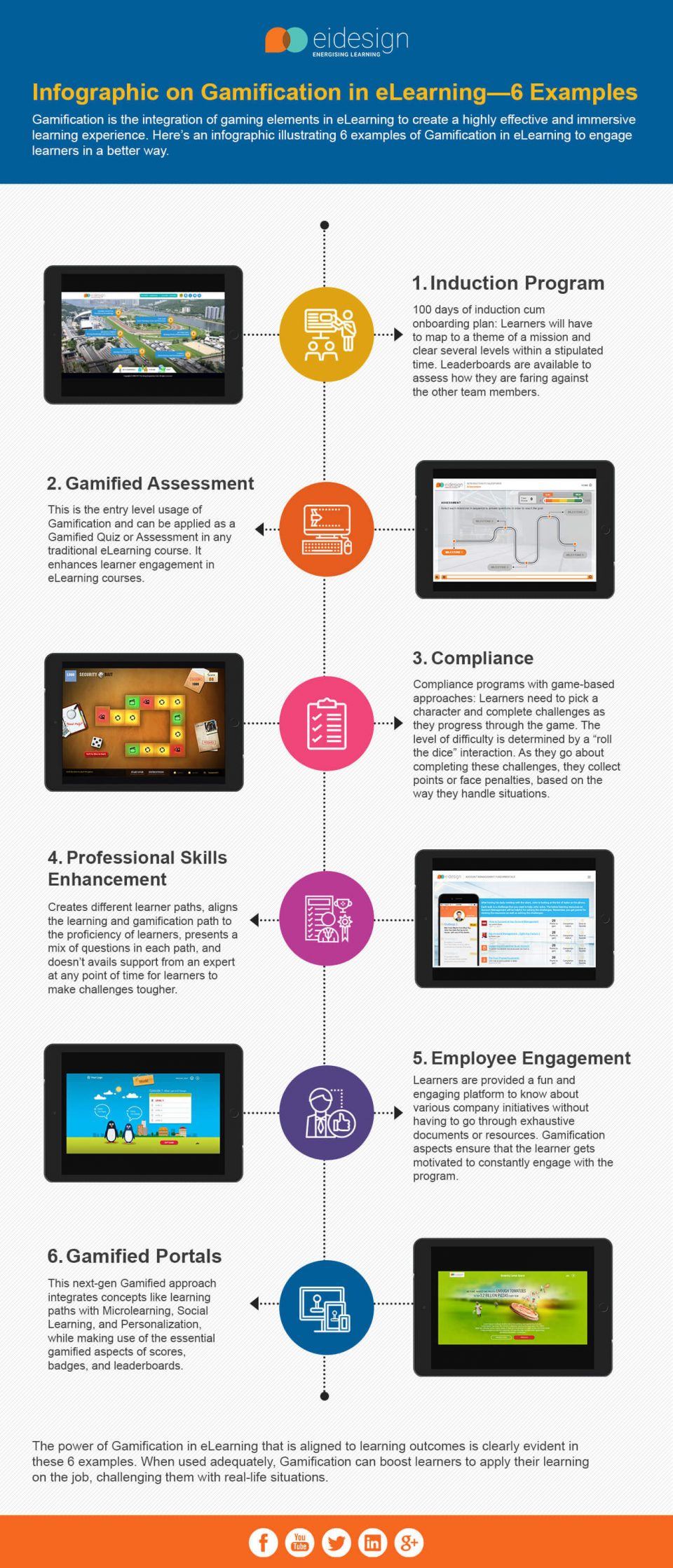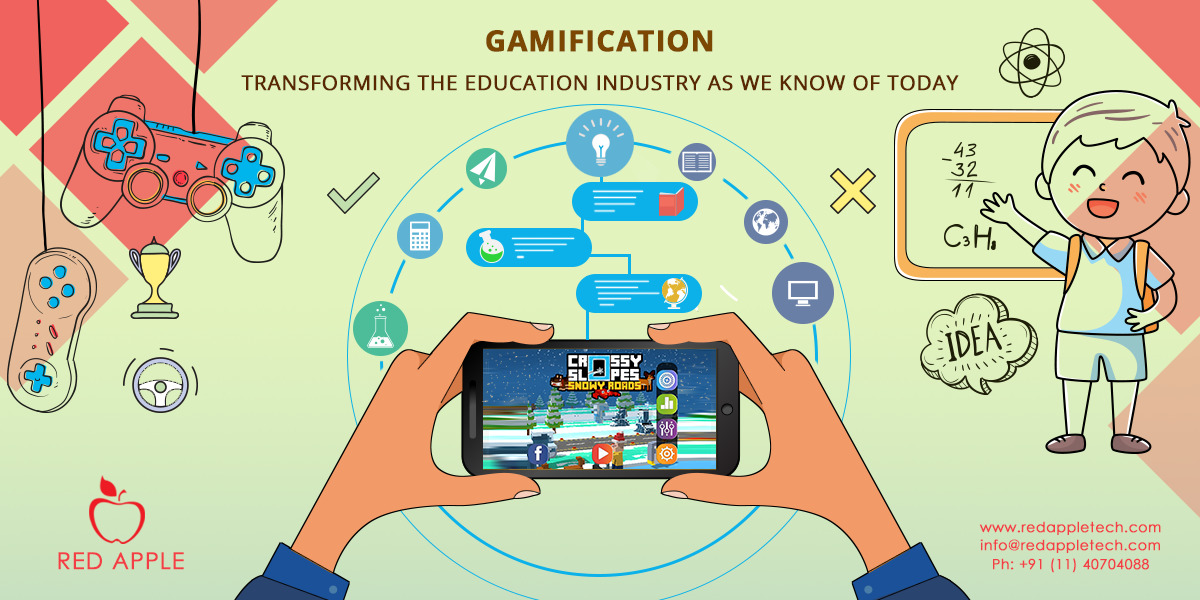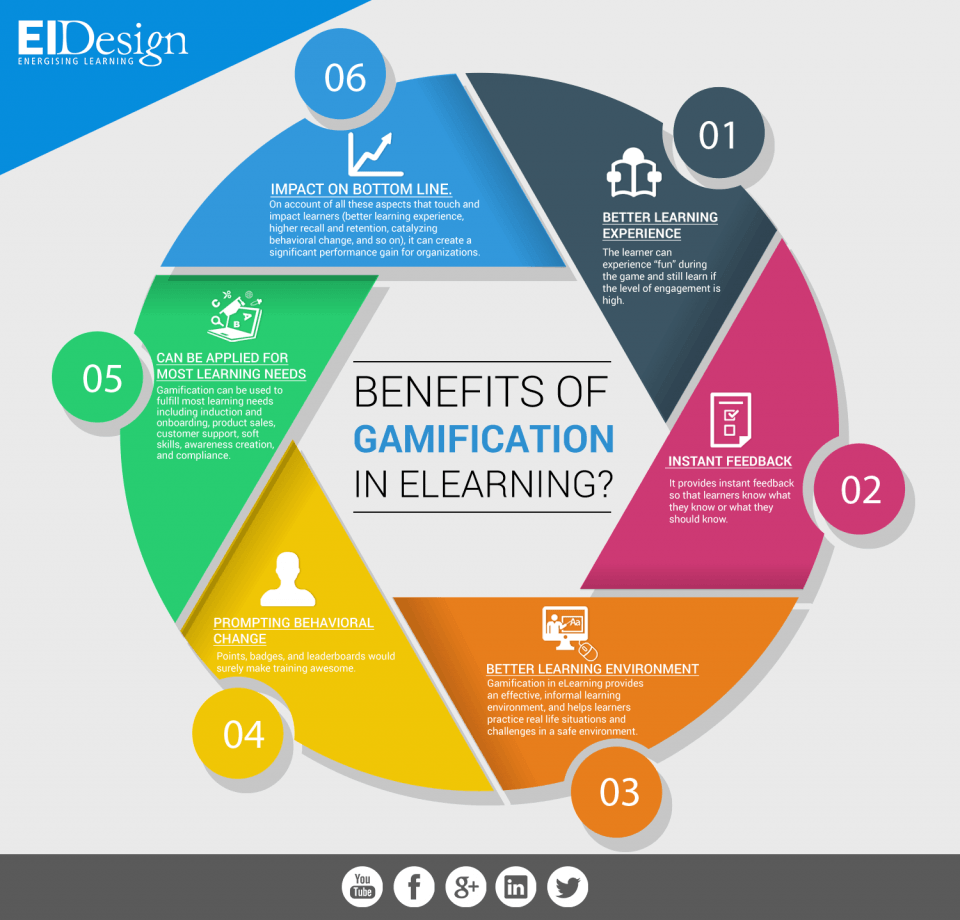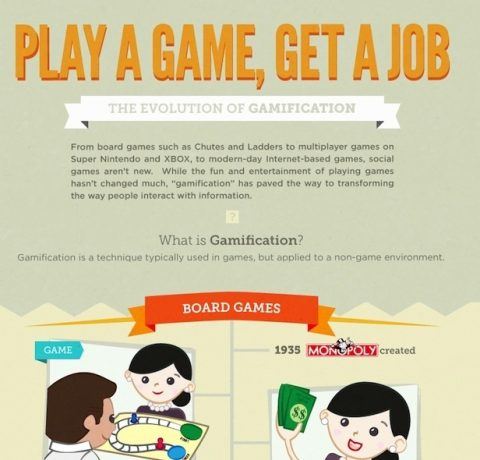The Evolution Of Learning: Gamification In Online Classrooms Of 2025
The Evolution of Learning: Gamification in Online Classrooms of 2025
Related Articles: The Evolution of Learning: Gamification in Online Classrooms of 2025
Introduction
In this auspicious occasion, we are delighted to delve into the intriguing topic related to The Evolution of Learning: Gamification in Online Classrooms of 2025. Let’s weave interesting information and offer fresh perspectives to the readers.
Table of Content
The Evolution of Learning: Gamification in Online Classrooms of 2025

The year is 2025. Online education has become the norm, and classrooms are no longer confined to physical spaces. This shift has brought about a revolution in teaching methodologies, with gamification emerging as a prominent force. This article explores the integration of games in online classes, examining its potential benefits, addressing common concerns, and providing practical tips for successful implementation.
Beyond Entertainment: The Pedagogical Power of Games
The use of games in online learning transcends simple entertainment. Instead, it harnesses the power of engaging gameplay to enhance cognitive skills, foster collaboration, and create a more dynamic learning environment.
1. Engaging Learners through Immersive Experiences:
Games possess an inherent ability to capture attention and motivate participation. By transforming complex concepts into interactive experiences, games can make learning more enjoyable and accessible. For instance, a history lesson could be transformed into a virtual exploration of ancient civilizations, where students navigate historical sites and solve puzzles to uncover key events.
2. Boosting Cognitive Skills through Active Learning:
Games often require players to solve problems, strategize, and make decisions under pressure, stimulating cognitive processes like critical thinking, problem-solving, and decision-making. This active engagement promotes deeper understanding and retention of information compared to traditional passive learning methods.
3. Cultivating Collaboration and Communication:
Many games are designed for multiplayer interaction, encouraging teamwork and communication. In online classrooms, collaborative games can facilitate peer-to-peer learning, fostering a sense of community and shared responsibility. Students can work together to solve problems, share ideas, and provide feedback, building essential communication skills.
4. Personalized Learning Journeys:
Games can be tailored to individual learning styles and pace. Adaptive learning platforms adjust difficulty levels and provide personalized feedback, ensuring that each student receives the appropriate level of challenge and support. This personalized approach fosters a sense of accomplishment and empowers students to learn at their own pace.
Addressing Concerns: Navigating the Challenges of Gamification
While the benefits of gamification are undeniable, it is crucial to acknowledge and address potential concerns:
1. Distraction and Time Management:
The inherent entertainment value of games can sometimes lead to distractions, impacting focus and time management. Careful game selection and implementation are essential to ensure that games complement, rather than disrupt, the learning process.
2. Accessibility and Equity:
Not all students have equal access to technology or gaming resources. Ensuring equitable access to gaming experiences is crucial to avoid exacerbating existing digital divides. Teachers need to be mindful of potential barriers and provide alternative learning options for students who may not have access to appropriate technology or gaming platforms.
3. Assessment and Evaluation:
Measuring learning outcomes in a gamified environment can be challenging. Traditional assessments may not accurately reflect the skills and knowledge acquired through game-based learning. Teachers need to develop creative assessment methods that capture the nuanced skills developed through games.
Tips for Successful Gamification in Online Classrooms
To maximize the benefits of gamification, consider the following tips:
1. Align Games with Learning Objectives:
Choose games that align with specific learning objectives and curriculum goals. Games should not be used merely for entertainment but should actively contribute to the development of key skills and knowledge.
2. Provide Clear Instructions and Expectations:
Clearly communicate the purpose of the game and the learning outcomes associated with it. Establish clear rules and expectations for gameplay, ensuring that students understand the goals and objectives.
3. Foster a Supportive Learning Environment:
Create a safe and encouraging environment where students feel comfortable taking risks and exploring new ideas. Provide regular feedback and support to encourage active participation and promote learning through play.
4. Integrate Games into the Learning Process:
Games should not be treated as isolated activities but should be seamlessly integrated into the broader curriculum. Consider using games as a pre-assessment tool, a way to introduce new concepts, or a tool for reinforcing learning.
5. Continuously Evaluate and Adapt:
Regularly evaluate the effectiveness of gamified activities and make adjustments as needed. Gather feedback from students and adapt the approach to ensure that games remain engaging and relevant to their learning needs.
FAQs: Addressing Common Questions about Gamification
1. What types of games are most effective in online classrooms?
The choice of game depends on the learning objective and the age group. Educational games, simulations, and virtual reality experiences are effective for immersive learning. Multiplayer games can foster collaboration and communication.
2. How can I ensure that games are used responsibly and effectively?
Set clear guidelines for gameplay, emphasizing the learning objectives and the importance of responsible online behavior. Monitor student progress and provide feedback to ensure that games are used effectively.
3. What are the ethical considerations of using games in online classrooms?
Be mindful of potential biases and stereotypes present in games, and ensure that the chosen games promote inclusivity and respect for diversity. Consider the accessibility of games for students with disabilities.
Conclusion: The Future of Learning is Playful
The integration of games in online classrooms represents a significant shift in educational approaches. By harnessing the power of play, educators can create more engaging, interactive, and effective learning experiences. As technology continues to evolve, the possibilities for gamification in online learning are boundless. By embracing innovation and incorporating games into their teaching strategies, educators can empower students to become active learners, critical thinkers, and lifelong learners in the digital age.








Closure
Thus, we hope this article has provided valuable insights into The Evolution of Learning: Gamification in Online Classrooms of 2025. We hope you find this article informative and beneficial. See you in our next article!
You may also like
Recent Posts
- The Evolving Landscape Of Online Gaming In 2025: A Look At Emerging Trends And Innovations
- The Evolving Landscape Of Online Gaming On PS4 In 2025: A Glimpse Into The Future
- The Evolving Landscape Of Free Online Gaming: A Look Into Microsoft’s Vision For 2025
- The Evolution Of Online Slots: Exploring The Landscape Of Free Play In 2025
- The Enduring Charm Of 8-Bit: Exploring Online Retro Gaming In 2025
- The Evolving Landscape Of Free Virtual Games: A Glimpse Into 2025
- The Evolving Landscape Of Online Two-Player Games For Kids: A Look At 2025
- Wordplay In The Digital Age: Exploring The Evolution Of Online Word Games In 2025
Leave a Reply